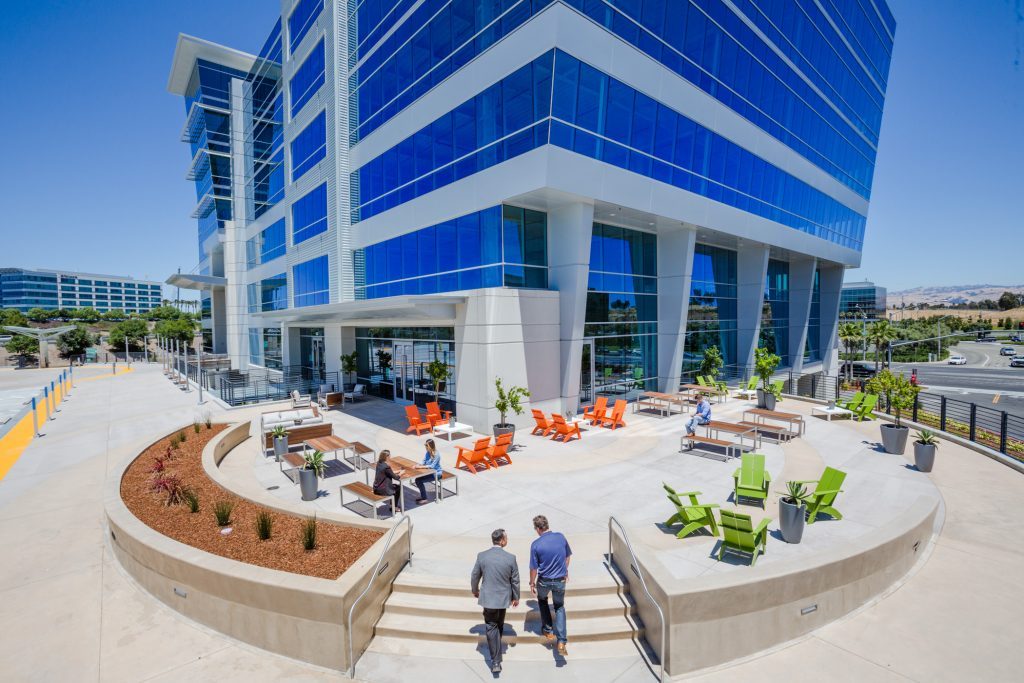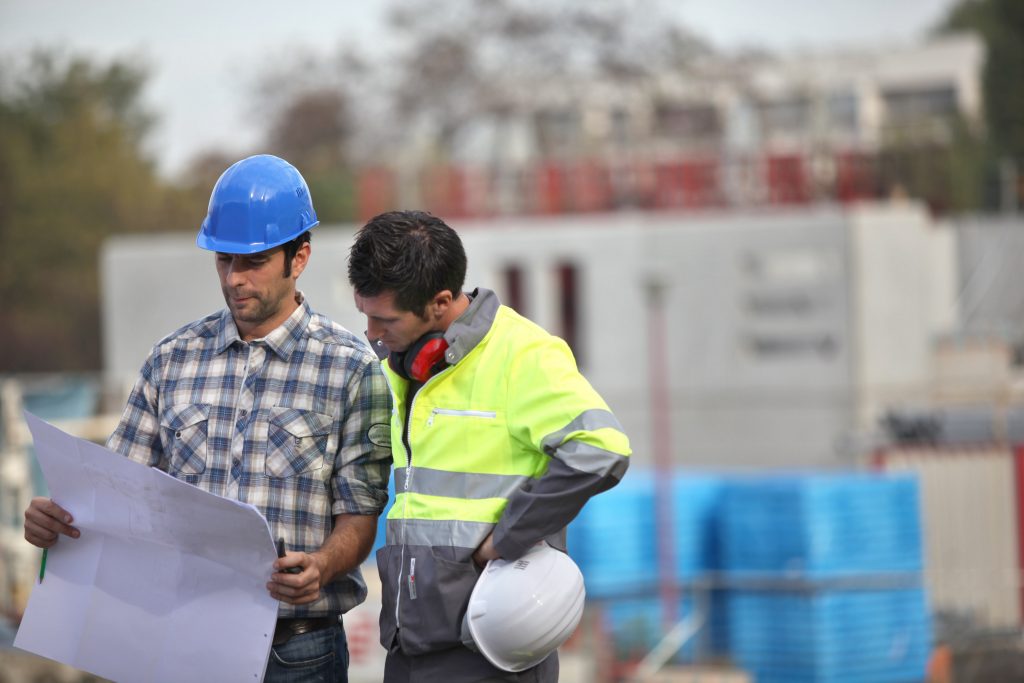
Managing the 85 Million Dollar Client: How to Approach Client Management in Construction
Whether you’re a project manager or developer with lots of experience working on smaller build projects or an architect looking to enhance your portfolio, making the leap to larger scale projects can be intimidating. With the right tools and mindset, though, the transition can be smooth, rewarding, and satisfying. Below, you’ll find the information you need to be confident in your ability to lead a large-scale project as you gain significant experience with a general contractor and the benefits that come with that expertise.
1. Reiterate Your Shared Goals
Large-scale projects tend to have plenty of stops and starts along the entire process. Unlike small builds, where there are just a few operatives involved and moving from step A to step B is often quite straightforward, larger projects are inherently more complex. At any given time, you will need to be prepared to effectively collaborate with different entities and organizations, even if their goals seem to oppose each other’s or your own. Know who your key stakeholders are and what they want out of the project. This will allow you to meet expectations and effectively communicate throughout the process. Remember that in the end, everyone involved in the project wants to see it come to fruition.

The Stadium Tech story: One challenging project for South Bay Construction (SBC) was the Stadium Tech project in Santa Clara, in the heart of Silicon Valley. The structure is highlighted by a sloped glass wall, six stories of floor-to-ceiling glass, and a four-level underground parking lot. The project began in 2007 but was stalled during the recession and delayed by significant construction challenges. Yet, as one of the project’s original stakeholders, SBC continued to work collaboratively on the project, slashing the budget and weathering an ownership change. When the project was revived in 2014, SBC was there to lead it.
2. Have Open Lines of Communication
A large-scale project is not without its setbacks. Unexpected occurrences that might otherwise cause the project to grind to a halt can often be effectively addressed by maintaining open communication at every stage of the project. When the inevitable hiccup occurs, take it in stride by meeting with the key personnel involved and strategizing solutions. Though it can be difficult to deliver unexpected news, maintaining honesty in every part of the process ensures that you always maintain your reputation. This is also where your communication plan comes into place: know how and when your key stakeholders want information delivered.
How this helps: In spite of the project being put on hold, SBC was able to build Stadium Tech at the original price quoted over five years prior. SBC was also able to complete the project by its deadline — even completing several key markers ahead of schedule despite challenges at nearly every juncture. Keeping the lines of communication open ensured there were no silos of information, which allowed the team to make informed decisions based on all of the shared data and experience at hand.
3. Consider the Risks
Large-scale projects require methodical scoping and planning to thrive. Skipping over steps for short-term benefits can have unintended consequences for large builds. It often winds up increasing the time and money needed to complete the project overall. Have a risk management plan in place from the get-go that considers factors such as weather, traffic, site conditions, and limited space. After all, safety — both of the construction team and the building’s future tenants — is at stake.
In practice: For the Stadium Tech project, SBC met the challenges of waterproofing a basement that needed to be dug down to a level 18 feet below the water table. This facet of the project required near-constant monitoring and almost round-the-clock full-time inspections by an independent contractor, as well as the manufacturer of the waterproofing product — but these steps were paramount. The team had to constantly navigate through water and ensure water levels were kept low in the basement during the build.
4. Think Outside the Box

It’s not just a tired old phrase. “Thinking outside the box” is an integral part of general contractors’ best practices and solution-oriented client relations. Even more than when working on small build projects, problem solving is critical. You’ll have to be creative when working with different collaborators to meet the challenges the project brings. While you likely won’t be able to rely on the exact same solutions that worked for smaller projects, they can provide the inspiration for solving the issues that arise with the buildings on large projects.
For example: Developing the parking necessary to accommodate the Stadium Tech project’s square footage required going underground with four levels of parking to complement a lot above ground. At first, it didn’t seem possible due to the limited space — the site was bordered by a freeway, a canal, an existing building, and the construction trailer. To navigate this, SBC temporarily borrowed part of another parking garage to store materials and construction vehicles. Equipment was lowered down to the parking lot level using a specially-constructed ramp. Once the dirt was excavated from the parking garage, a crane hoisted the excavator from the basement.
5. Keep Client Relations at the Forefront — Always
As the person who is the bridge between what a client wants and what the client ends up with, your role of project manager in the construction industry puts you in a key position that is needed to help the project move ahead. Ensuring that your client has a positive experience not only affects what you are currently working on, but can also have a long-lasting effect on your workload. Developing partnerships with clients by keeping their needs at the forefront of every decision you make upholds your reputation.
The Stadium Tech project is only one of the large-scale commercial projects that SBC has deftly tackled with amazing results. SBC has a reputation for getting difficult projects completed on time and on budget — in spite of the many challenges inherent to large-scale projects. Clients who choose to work with SBC know they are getting a company with decades of experience that will enable them to deliver.
South Bay Construction has a long history of building commercial projects that add to the Bay Area landscape. From ground up steel-frame structures and tenant improvements to market ready and historical renovations, SBC can deliver commercial projects that start at the design phase and wrap up at completion. If you’re ready to work with an acclaimed team that will work closely with you during every step of your next project, contact SBC to get a quote or request more information.
Photos: Shutterstock, South Bay Construction, Shutterstock



